Feds Pull a U-turn on Mandatory Brake-Throttle Override

A decade after a well-publicized fatal crash involving a Lexus ES 350, the National Highway Traffic Safety Administration has withdrawn a proposal calling for mandatory brake-throttle override systems.
The NHTSA proposed the regulation after several incidents involving Toyota vehicles with jammed accelerator pedals, but now the federal agency says it’s no longer needed. Automakers responded in the absence of a hard rule, eventually equipping all vehicles with the feature. Problem solved?
Not so fast, say safety advocates.
Following the 2012 proposal, automakers equipped new vehicles with a system that allowed motorists to stop their car if the accelerator becomes jammed by a loose carpet or mismatched floor mat — the determined cause of those Toyota incidents. If both the throttle and brake are depressed at the same time, the system cuts power. On Monday, the NHTSA claimed that, as of 2018, all vehicles contained the feature.
The agency “does not find that there is presently a safety need for a BTO (brake-throttle override) requirement,” the NHTSA said in a statement.
In August 2009, a loaned Lexus ES 350 driven by an off-duty California Highway Patrol officer crashed after the vehicle’s floor mat pinned the accelerator, killing all four occupants. Toyota ultimately recalled over 10 million vehicles and paid a $1.2 billion fine for the “unintended acceleration” controversy.
News of the rule withdrawal was met with approval from the Alliance of Automobile Manufacturers. Spokeswoman Gloria Bergquist told Reuters,“When the technology is in widespread use now, there is no need to continue a rulemaking.”
Jason Levine, executive director of the Center for Auto Safety, counters Bergquist’s claim, saying a rule is needed to keep things this way. While the NHTSA says it doesn’t expect automakers to strip their vehicles of BTO systems, he wants assurance.
“With no requirement, the control system can disappear from future models or be sold as a luxury with no recourse for consumers,” Levine said.
Another drawback from the agency’s U-turn? There won’t be a requirement for specific braking distances with BTO systems. A proposed “return to idle” requirement, which would mandate that a vehicle do just that after a driver stops pressing on the accelerator, is also in limbo.
The NHTSA stated that a “broader understanding of safe design of vehicle electronic control systems is needed to make an informed decision on regulating return-to-idle,” adding that “substantial challenges” exist in designing tests for BTO systems.
[Sources: Reuters, The Associated Press] [Image: Toyota]

More by Steph Willems
Latest Car Reviews
Read moreLatest Product Reviews
Read moreRecent Comments
- ToolGuy 9 miles a day for 20 years. You didn't drive it, why should I? 😉
- Brian Uchida Laguna Seca, corkscrew, (drying track off in rental car prior to Superbike test session), at speed - turn 9 big Willow Springs racing a motorcycle,- at greater speed (but riding shotgun) - The Carrousel at Sears Point in a 1981 PA9 Osella 2 litre FIA racer with Eddie Lawson at the wheel! (apologies for not being brief!)
- Mister It wasn't helped any by the horrible fuel economy for what it was... something like 22mpg city, iirc.
- Lorenzo I shop for all-season tires that have good wet and dry pavement grip and use them year-round. Nothing works on black ice, and I stopped driving in snow long ago - I'll wait until the streets and highways are plowed, when all-seasons are good enough. After all, I don't live in Canada or deep in the snow zone.
- FormerFF I’m in Atlanta. The summers go on in April and come off in October. I have a Cayman that stays on summer tires year round and gets driven on winter days when the temperature gets above 45 F and it’s dry, which is usually at least once a week.
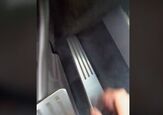

















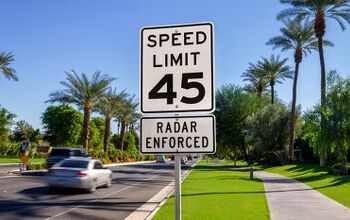
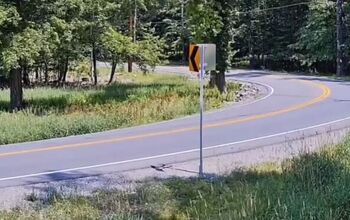

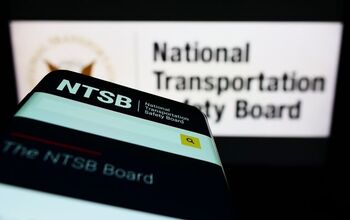

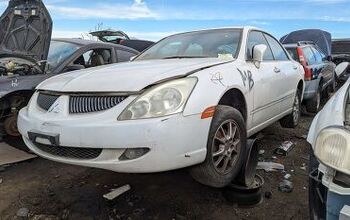
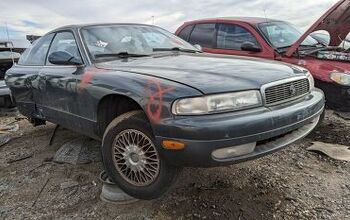





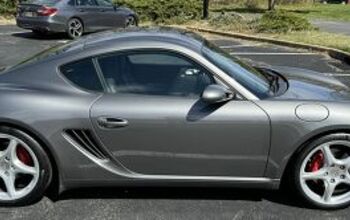


Comments
Join the conversation
The "safety advocates" have completely beclowned themselves on this, while trying to ride the publicity crest. And it's not like we don't have real safety issues to address.
NOOOOOOOOOOOO... TRALLLLLLLLLL!!!